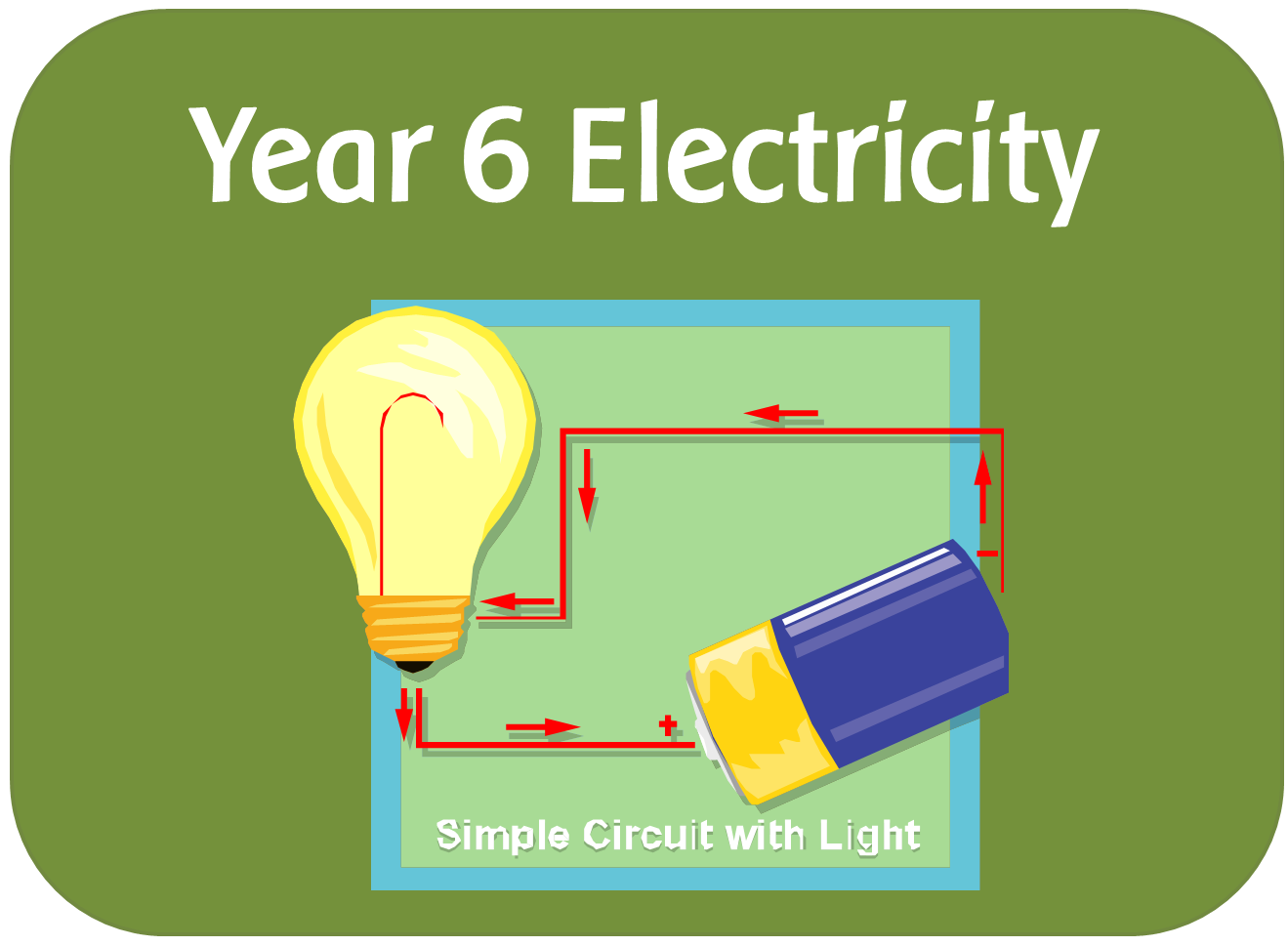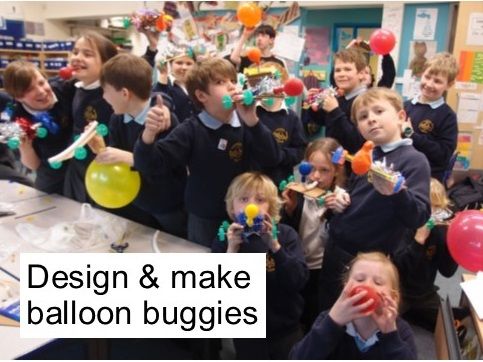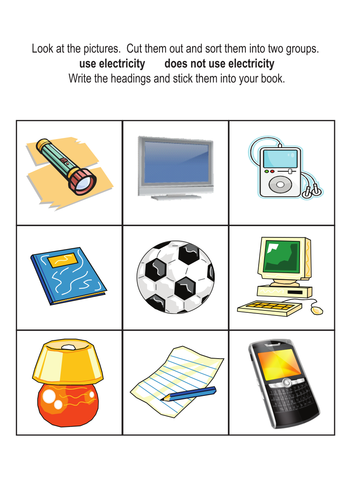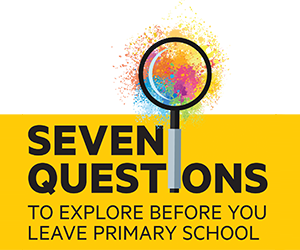1: What would life be like without electricity?
With electricity playing such an important role in our everyday lives, it’s easy to take it for granted.
But have you ever stopped to wonder what your life would be like if you had no access to electricity?
These resources are hand-picked by the TES team

Graphite Circuits - Science Museum STEM Activity
We rely on electric circuits every day, in our homes, schools and places of work, in our portable gadgets and kitchens.
In this activity from the Science Museum, a circuit drawn in pencil conducts electricity to light an LED. You’ll need to get hold of an LED and some wires and crocodile clips – all these things are available cheaply online or from high street electronics shops.
Learning Outcomes:
- Investigate the conductive properties of graphite
- Use observation and creative problem solving skills
- Understand how the conductive properties of materials have useful applications in our everyday lives.
Curriculum Links:
KS3 Science: Physics; Electricity
KS3 Science: Working scientifically; experimental skills and investigations

Year 6 Electricity science topic - powerpoint lessons, activities and display pack
POWERPOINTS
CIRCUITS AND ELECTRICITY: Asks questions to recap on learning from Year 4, to see if children have the appropriate background knowledge. It explains electricity and how it will only flow when it has a complete circuit. It talks about batteries as a source of electricity and introduces the use of symbols for creating circuit diagrams.
CIRCUIT DIAGRAMS: Goes into circuit diagrams in more detail, showing different symbols, and different circuits, explaining how bulbs can be made brighter etc. Ends with questions about circuits and asks how the children can test out their answers.
ACTIVITIES
AfL, to record what they know / would like to find out
Circuit recording sheet
Circuit cards (to make pictorial representations of circuits)
Topic cover x 2, with and without a picture
DISPLAY
A-Z lettering
Banner
Cards - circuit symbols
Vocabulary cards
INVESTIGATION AND RECORDING SHEETS
A folder of sheets for recording and investigations
Plus an adaptable medium term plan, with web links

Balloon Buggies - Forces & Motion KS2/3

Make a Fan Boat: Electricity Materials Forces KS2

Worksheet: Electric Safety (primary/elem)

Using electricity (Unit 2F) - sorting pictures

Planning and Worksheets for Electricity

Electricity Circuit Building Activity
This can be done using electrical components or our symbol cards provided.
Contents:
- x 14 Electricity circuit diagram cards
- Electrical components symbol cards
We hope you enjoy!
From Saving The Teachers
Visit our gallery to see what you've discovered
